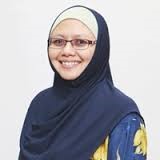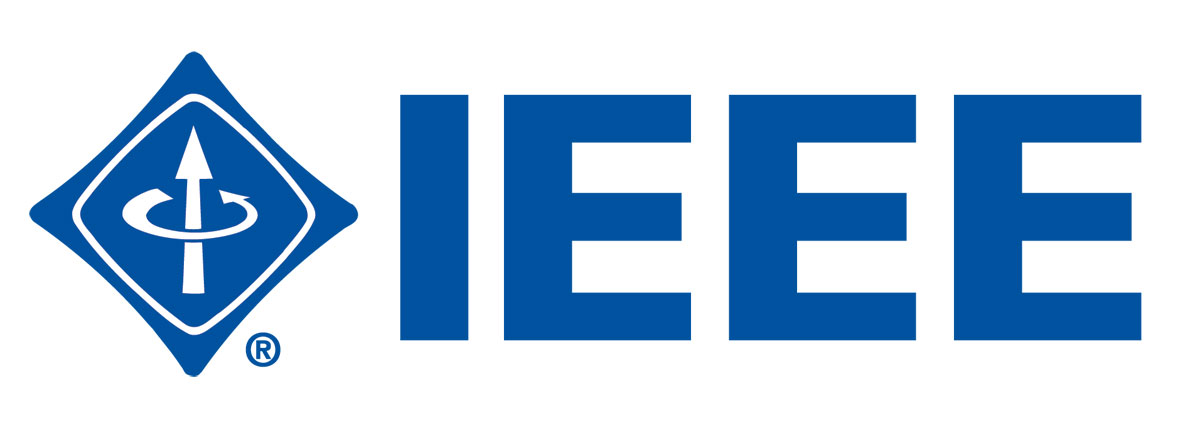TITLE PROJECT :
A Framework for Component-Based Reuse for Autonomous Mobile Robot Software
DURATION PROJECT :
November 2002 – November 2005 (3 Years)
SPONSOR :
SLAB, PHD Research Project
ABSTRACT :
Applying software reuse to Embedded Real-Time (ERT) systems poses significant challenges to industrial software processes due to the resource constrained and real-time requirements of the systems. Autonomous Mobile Robot (AMR) system is a class of ERT systems, hence, inherits the challenge of applying software reuse in general ERT systems. Furthermore, software reuse in AMR systems is challenged by the diversities in terms of robot physical size and shape, environmental interaction and implementation platform. Thus, it is foresee that component-based reuse will be the suitable way to promote software reuse in AMR systems with consideration to three AMR general requirements to be self-contained, platform-independence and real-time predictable. In this thesis, a framework for component-based reuse of AMR software has been developed to enable a systematic reuse through component-based software engineering. The aim of the framework is to outline the strategies for software reuse in software development of AMR applications. The developed framework consists of four main elements: AMR component-based analysis patterns, a modified component model, a component-based timing analysis approach, and a component-oriented programming framework. The results of implementing the framework in developing software for real AMR show that the strategies and processes proposed in the framework can fulfill the three AMR general requirements. To quantify the effectiveness of the reuse approach in the developed framework, the component reusability and the amount of reuse were measured using software metrics. The measurement results show high component reusability on those interested components, and up to 74% of reuse rate was achieved on real AMR tested. The implementation results and software reuse measurements indicate that the developed framework promotes systematic reuse and reuse qualities.





